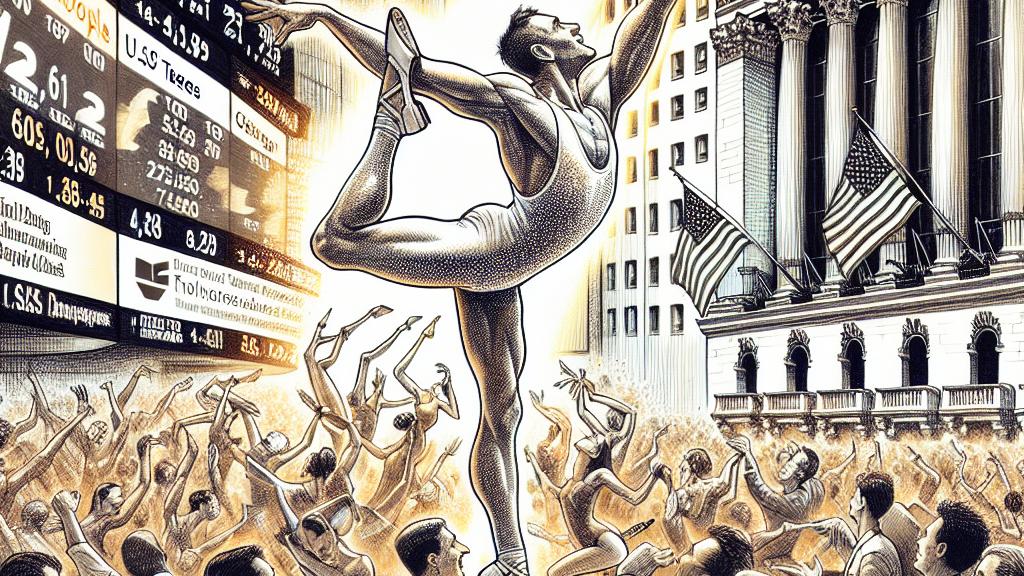Tuesday's Key Stock Market Insights
Overview
- U.S. stock markets show a blend of volatility, with key indices reacting sharply to economic news.
- Intel's stock soared by 8% after unveiling its cutting-edge AI chip collaboration with Amazon.
- Fluctuating commodity prices, particularly gold and coffee, are influencing market currents significantly.

Market Overview
On a bustling Tuesday at the New York Stock Exchange, U.S. stock markets engaged in a captivating dance of gains and losses, reflecting traders' reactions to the latest economic whispers. The Dow Jones soared by an impressive 297 points, coming incredibly close to its record high, invigorated by optimism surrounding tech stocks like Microsoft, which rose up again after a shaky spell. Meanwhile, the S&P 500 enjoyed a sustained upward trajectory, thanks to broad-based support from consumer and healthcare sectors. As speculation mounts regarding the imminent decisions from the Federal Reserve on interest rates, traders eagerly try to decipher the balance between inflationary pressures and the potential for economic relief, creating a charged atmosphere that keeps everyone on their toes.
Intel's New Strategy
A highlight of the day was Intel's remarkable performance, with shares surging by a staggering 8%. This upswing sprang from exciting news of a new venture aimed at producing custom artificial intelligence chips for Amazon Web Services. CEO Pat Gelsinger reflected on this pivotal moment, stating emphatically, "We've truly taken it to a whole new level!" This strategic move not only positions Intel to capture a growing segment of the semiconductor market but also showcases its commitment to innovation in AI technology. With the tech sector continuously evolving, Intel's initiative could very well set the stage for future advancements and competitive advantages.
Commodity Fluctuations
Examining the commodities market reveals contrasting trends that have caught the attention of investors nationwide. Gold, traditionally viewed as a safe-haven asset, recently hit impressive highs before stabilizing, reflecting ongoing interest amid economic uncertainty. In stark contrast, coffee prices have skyrocketed by an astounding 63% over the past year, primarily due to challenging weather conditions in Brazil that are impacting harvest yields. These steep price changes compel major corporations like Starbucks and J.M. Smucker to rethink their supply strategies, highlighting how fluctuations in commodity prices can drastically impact production costs and ultimately influence consumer pricing at the checkout counter.

Loading...